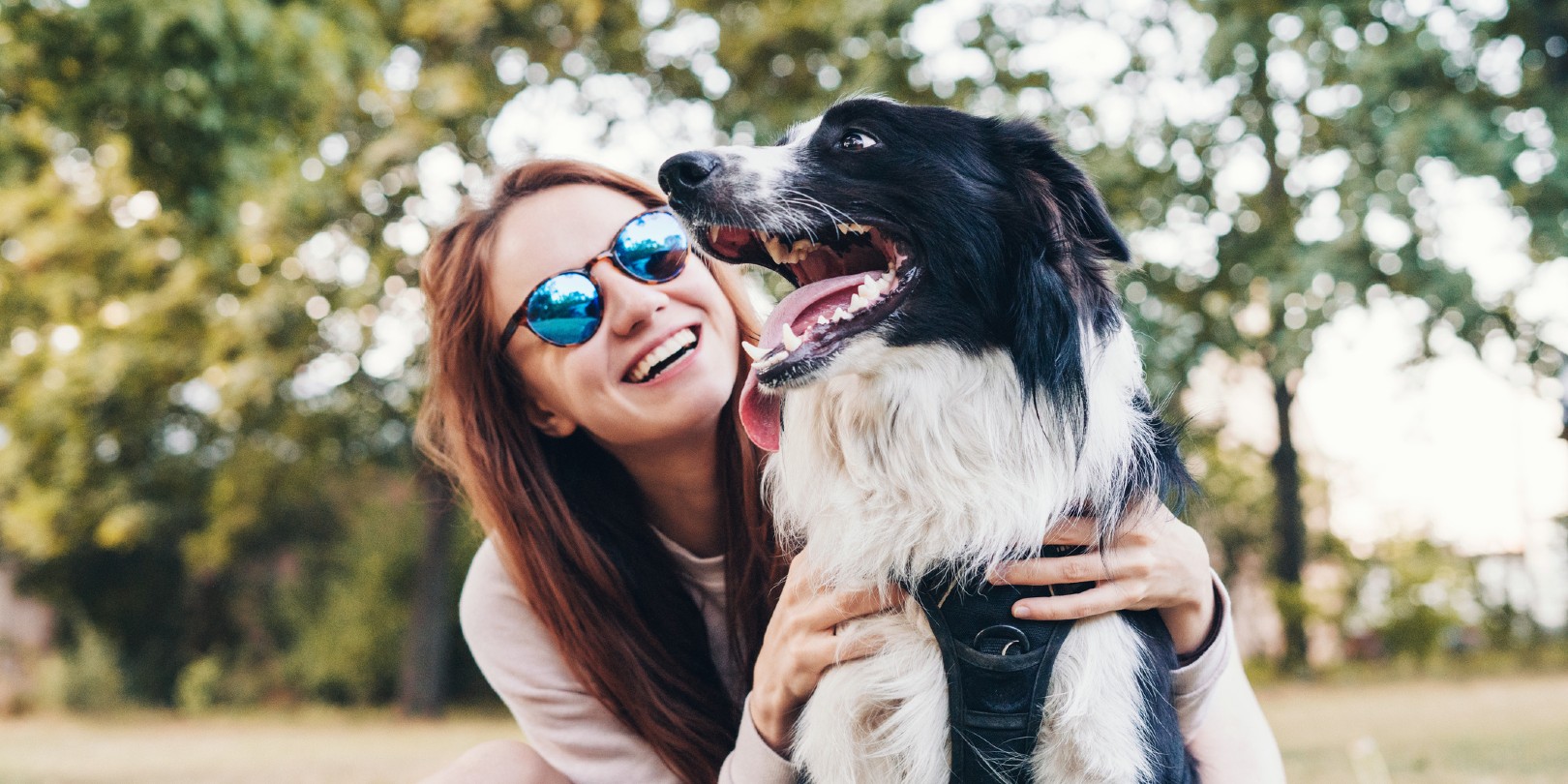How To Put a Dog Harness on an Injured or Handicapped Dog

If your dog has an injury or is handicapped in some way, they may need additional help and support. A dog lift harness is a great way to give your pup the extra security, comfort, and support they need. These handy products offer the stability your pooch needs to go for walks and do other activities that they might not otherwise be able to do.
In this post, we’ll walk you through the steps to properly putting a harness on your injured or handicapped dog. We’ll discuss how to measure your dog for the right fit and how to safely and easily put their harness on. So, if you’re looking for a way to help your canine companion stay active and healthy, even with an injury or disability, then keep reading!
What Is a Dog Lift Harness?
A dog lift harness is a helpful pet accessory that assists an injured animal by offering extra support for improved mobility. It typically consists of a flexible strap that secures around the dog’s torso, and it often features adjustable buckles for a comfortable, customized fit. Many models also include attached handles on the back, making it easy to lift your pup if they get tired.
Selecting a Dog Harness
When selecting a dog harness, it’s important to consider the product’s size, features, and weight limit. Dog harnesses come in a variety of shapes, sizes, and materials to fit all sizes and breeds, from small Chihuahuas to large Great Danes. Additionally, there are different types of harnesses available, offering different support levels; some are designed for everyday walks and activities, while others are specifically made for lifting or therapeutic purposes. Make sure the harness you choose is suitable for your pup’s needs, comfortably fits them, and fully supports their weight.
Fitting Your Dog for a Harness
To ensure the best possible fit, it’s important to measure your pooch before purchasing a harness. Using a soft measuring tape, measure the circumference of your pooch’s neck, as well as the distance around the widest part of their chest. Additionally, it’s helpful to weigh your pet. Then, consult the manufacturer’s size chart to determine which size option will work best for your pup. If your pooch is between sizes, choose the larger one — you can always adjust the straps for a tighter fit if needed!
Putting a Harness on Your Dog
Putting a dog lift harness on your canine companion requires patience, care, and diligence to ensure your pet’s safety and comfort. Gently slip the harness’ upper opening over your pup’s head. Next, make sure the chest section covers your pup’s chest and underside while keeping their legs free. Finally, fasten the harness by attaching the buckles, which should be positioned at the top of your pup’s back. Adjust the fit if needed, but make sure you’re able to fit two fingers in the space between the harness and your pup to ensure it’s not too tight.
Taking a Harness off Your Dog
To remove your pooch’s harness, unfasten the back buckle. Gently bring the underside forward while being careful not to entangle your pet’s legs. Lastly, slip the harness’ neck hole over your canine companion’s head. Your dog’s harness should now be completely off!
When using a dog lift harness, always read the instruction manual carefully before attempting to put it on and take it off your pet. Inspect the device for any signs of wear and tear or damage before each use to ensure optimal safety and effectiveness.
A dog lift harness can be an invaluable aid, offering additional support to injured or handicapped dogs and allowing them greater mobility and freedom despite their physical limitations. By knowing how to measure your pet, choose a harness, and properly put it on them, you can make sure your beloved companion lives their best life.
